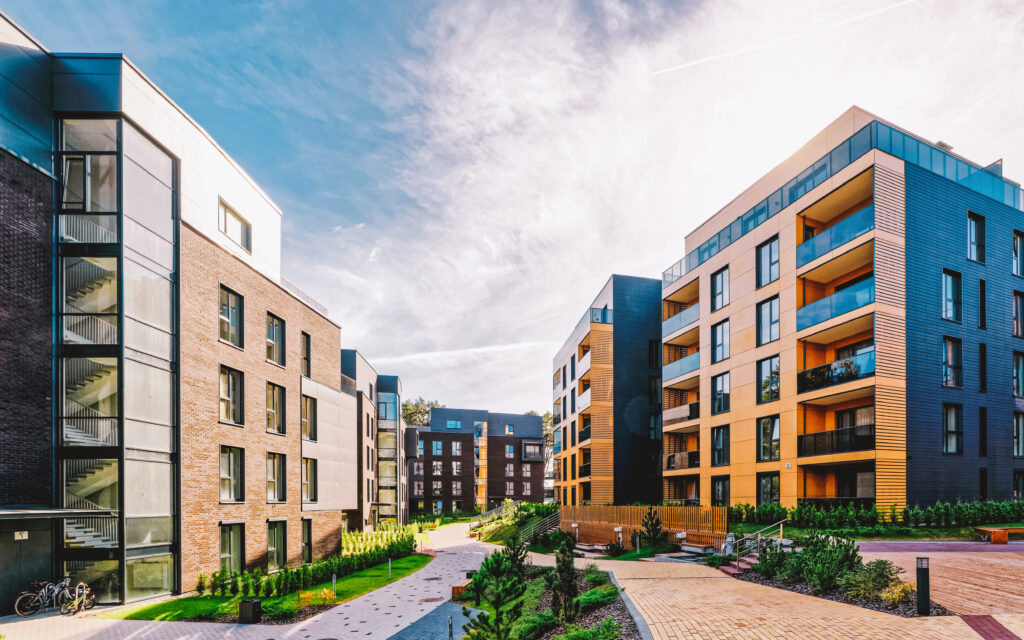Rising costs and new funding challenges continue to test U.S. housing developers — but tax credit expansions may offer hope.
By Gianfranco Perez
Published November 11, 2025

The U.S. housing shortage is worsening. Developers say building affordable homes is still too expensive — even as demand grows every year.
The National Low Income Housing Coalition estimates the country is short more than 10 million affordable rental units. Construction costs, zoning limits, and community resistance have all made progress slow.
Rising Costs and Tighter Rules
Developers point to a mix of problems. Land prices are up. Construction material costs remain high. Labor shortages are adding delays.
Zoning laws in many cities limit where apartments can be built, and so-called “NIMBY” pushback from residents often blocks low-income projects.
“This is a challenging time for everyone in real estate,” said Jonathan Rose, founder and CEO of Jonathan Rose Companies. “Interest rates are high, construction is expensive, and regulations are tougher than ever.”
A Boost From Tax Credits
One recent bill is giving the industry a small break. The new Low-Income Housing Tax Credit (LIHTC) expansion increases the number of credits available and reduces financing limits.
States will now receive 12% more 9% tax credits, which developers sell to investors to help pay for construction.
“It’s a big step toward closing the housing gap,” Rose said. “It won’t fix everything, but it’s a move in the right direction.”
Housing advocates agree. David Dworkin, president and CEO of the National Housing Conference, said the new credit rules could add or preserve over one million affordable homes by 2035.
Investors Are Taking Notice
Investor interest is growing fast. The Jonathan Rose Company recently raised a $660 million fund aimed at buying and upgrading affordable housing in cities across the country.
“We’re seeing more family offices and foundations getting involved,” Rose said. “They see affordable housing as both a social and financial investment.”
Federal Funding Faces New Threats
But not all the news is positive. The Trump administration has proposed a $27 billion cut to federal rental assistance programs for low-income tenants.
(Read the HUD budget proposal summary here.)
If approved by Congress, the cuts could reduce funding for Section 8 vouchers and other housing aid. Some lenders are already holding back on financing projects that depend on those subsidies.
Still, housing support has historically drawn bipartisan backing in Congress. The Senate Committee on Banking, Housing, and Urban Affairs recently introduced new legislation aimed at boosting housing supply by removing local barriers and funding community infrastructure.
However, experts note the bill focuses more on homeownership programs than rental construction — a gap that could keep the pressure on low-income renters.
The Battle Against NIMBYism
Even with new incentives, community resistance remains a problem. Developers say local homeowners often oppose new apartment buildings, especially those labeled as “affordable.”
“It’s partly a design issue,” Rose explained. “Older affordable housing built in the ’60s and ’70s looked cheap. People don’t want that next to them. But today’s mixed-income projects are green, modern, and add long-term value.”
Recent developments like Sendero Verde in Harlem — a sustainable, mixed-income community — show how affordable and market-rate housing can coexist beautifully.
A Market at a Crossroads
Between new tax credits and budget cuts, the future of affordable housing is uncertain. But many developers remain optimistic.
“The opportunity is there,” said Rose. “If we can balance policy, community, and cost, affordable housing can become not just necessary — but profitable.”












